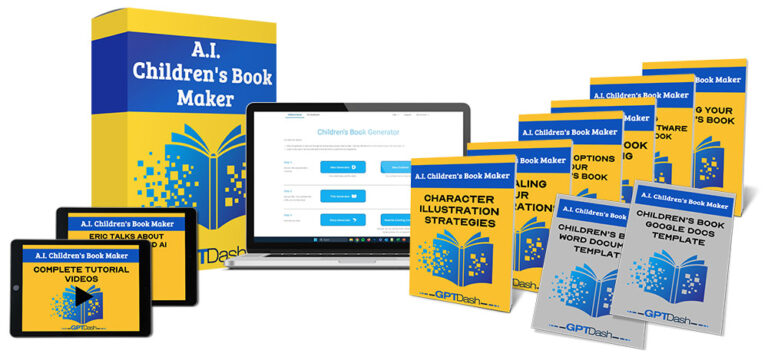USING API'S TO AUTOMATE YOUR BUSINESS WITH AI
Artificial intelligence is becoming increasingly important in the business world.

From customer service to data analysis, AI is being used to automate processes and help businesses become more efficient. One of the most powerful tools for leveraging AI in business is the application programming interface (API). APIs allow businesses to quickly and easily access AI services from third-party providers, such as Amazon Web Services or Microsoft AZURE. In this blog, we’ll explore how businesses can use APIs to automate their processes with AI. We’ll discuss the benefits of using APIs, the different types of APIs available, and how to choose the right API for your business. What is an API? An API is a set of instructions that enables two applications to communicate with each other. APIs are used to access data from other applications, such as databases or cloud services. For example, a business might use an API to access customer data from a CRM system. APIs can also be used to access AI services from third-party providers. This allows businesses to quickly and easily integrate AI into their existing processes. For example, a business might use an API to access a natural language processing (NLP) service from Amazon Web Services.
The Benefits of Using APIs for AI
Using APIs to access AI services has several advantages for businesses. First, APIs can save businesses time and money. Rather than building their own AI services from scratch, businesses can use APIs to quickly access pre-built services from third-party providers. Second, APIs can help businesses stay up-to-date with the latest AI technology. Third-party providers are constantly updating their services, so businesses can stay ahead of the curve by using APIs to access the latest AI services. Finally, APIs can help businesses scale their AI services quickly and easily. Rather than building out their own infrastructure, businesses can quickly access the resources they need from third-party providers.
Types of APIs for AI
There are several types of APIs available for businesses to access AI services. The most common types of APIs are:
- Natural Language Processing (NLP) APIs: These APIs allow businesses to process natural language, such as spoken or written words. NLP APIs can be used for tasks such as sentiment analysis, text classification, and question answering.
- Computer Vision APIs: These APIs allow businesses to process images and videos. Computer vision APIs can be used for tasks such as object detection, facial recognition, and image classification.
- Speech Recognition APIs: These APIs allow businesses to process and interpret spoken language. Speech recognition APIs can be used for tasks such as voice search, voice command, and speech-to-text conversion.
- Machine Learning APIs: These APIs allow businesses to build and deploy machine learning models. Machine learning APIs can be used for tasks such as predicting customer behavior, recognizing patterns in data, and optimizing marketing campaigns.
Choosing the Right API for Your Business
When choosing an API for your business, it’s important to consider the type of AI service you need, the cost, and the ease of integration. First, consider the type of AI service you need. Different APIs offer different services, so it’s important to choose an API that offers the services you need. Second, consider the cost. Different APIs have different pricing models, so it’s important to compare prices to find the most cost-effective solution. Finally, consider the ease of integration. Different APIs have different levels of complexity, so it’s important to choose an API that is easy to integrate into your existing systems.
Conclusion
API’s are a powerful tool for leveraging AI in business. They allow businesses to quickly and easily access AI services from third-party providers, saving time and money. There are several types of APIs available for businesses to access AI services, and it’s important to choose the right API for your business. By considering the type of AI service you need, the cost, and the ease of integration, you can find the API that best fits your needs.






















